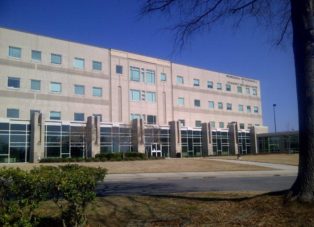Understanding Leases
By Susan Dorr, CCIM, CPM
Commercial leases are complex and can be confusing to a prospective tenant. Not only are there multiple types of leases, but they vary by market and property. In a Gross Lease, the tenant pays a flat rate which includes all operating expenses associated with the property. In a Net Lease, the tenant pays a base rental rate and all or a portion of the operating expenses to the landlord. Some Net Leases also require the tenant to pay portions of capital expenditures, either directly or amortized. Variations to Gross and Net Leases (i.e. Triple Net, Modified Gross or Absolute Net) all affect the responsibility of the tenant for payment of operating expenses and capital expenses.
The terminology for repayment of operating expenses varies in lease documents (i.e. pass-throughs, CAM reimbursement, operating expenses recovery). Additionally, there may be caps on controllable or non-controllable expenses and base year or operating stops which add to the confusion. In addition, some leases may be expressed on rentable square footage while others are expressed on useable square footage.
The trend is for landlords to shift as much cost as possible to the tenant. Therefore, when comparing options for leasing a property, the prospective tenant should request an operating expense history of each property, dissect the operating recovery language in each lease and prepare a side-by-side analysis to determine the best rate.



